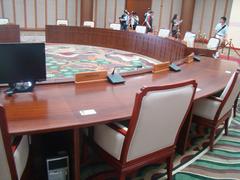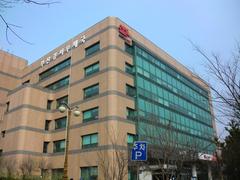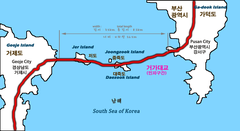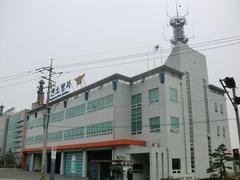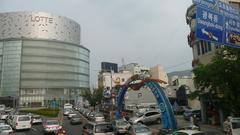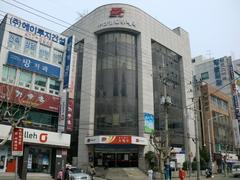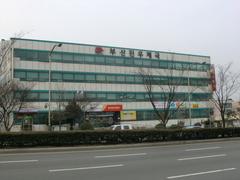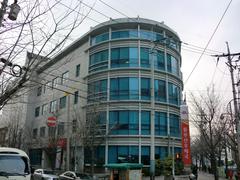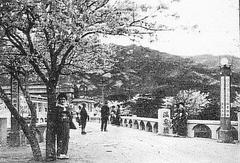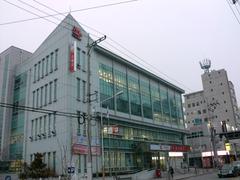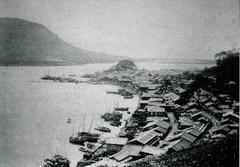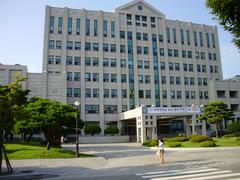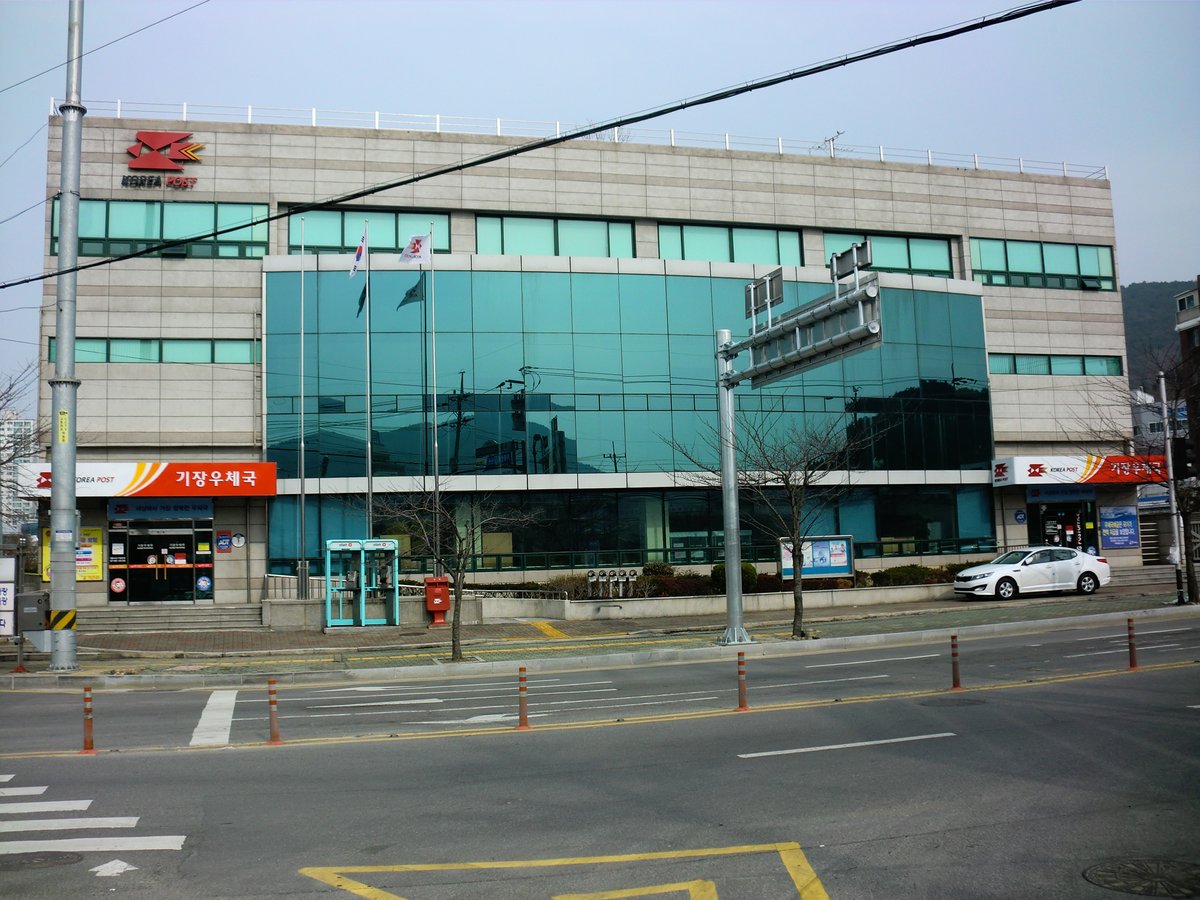
Gijang Post Office Visiting Hours, Services, and Nearby Historical Sites in Busan
Date: 15/06/2025
Introduction
Located in the scenic coastal district of Gijang-gun, in the northern part of Busan, South Korea, the Gijang Post Office is more than a functional postal facility—it is a key part of the region’s historical and cultural landscape. Gijang’s story stretches from prehistoric settlements through the Unified Silla and Joseon periods, and into the era of modern communication, with the post office serving as a symbol of both continuity and change (Busan History; Gijang County Wikipedia).
This guide offers a comprehensive look at Gijang Post Office visiting hours, available services, accessibility, travel tips, and the rich historical context of Gijang. Whether you are mailing a postcard, exploring nearby Busan historical sites, or learning about the evolution of Korea’s postal system, this article will help you plan your visit and appreciate Gijang’s unique character.
Historical Overview of Gijang
From Prehistory to Unified Silla
Gijang’s roots reach back to prehistoric times, as evidenced by archaeological findings of Neolithic, Bronze Age, and Paleolithic sites in the region. During the Bronze Age, Gijang was part of the territory of Geumgwan Gaya, a center for iron production and trade (Busan History). By the Unified Silla period (668–935 CE), Gijang was formally recognized as Gijang-hyeon, an administrative unit under Dongnae-gun, with its earliest recorded name, Gaphwayanggok (甲火良谷), appearing in 757 CE (Gijang County Wikipedia).
Joseon Dynasty and Early Modern Era
During the Joseon Dynasty, Gijang remained under Dongnae-gun’s administration. Its coastal position made it strategically valuable for defense and commerce, and Dongnae served as a diplomatic gateway, especially for relations with Japan. The opening of Busan’s ports in 1876 marked the region’s transformation, integrating Gijang into new currents of modernization and international exchange (Busan History).
The Postal Heritage of Gijang
Development of Postal Services
Korea’s first official postal service, the Ujeongchongguk, was inaugurated in 1884 in Seoul, soon extending to Busan and its surrounding districts, including Gijang (Postal History of Korea). Even before this, the Japanese consulate in Busan operated a post office, underlining the city’s early role in international postal connections. After the Japanese annexation of Korea, the postal network—including Gijang—became centralized under Japanese administration, and later integrated into Korea Post following independence (Postal History of Korea).
Institutional Structure and Postal Codes
Today, Gijang Post Office operates as a branch of the Busan Regional Post Office and is part of the national Korea Post network (Busan Regional Post Office). South Korea’s current five-digit postal code system, introduced in 2015, ensures efficient mail sorting and delivery; Gijang’s postal codes begin with Busan’s unique identifiers (Global Zipcode).
Cultural and Community Significance
The Gijang Post Office remains a vital hub for community life, supporting both traditional markets and multicultural families. It facilitates local commerce—especially for the seafood industry—and provides essential government and financial services (Gijang County Wikipedia; Busan Metropolitan City). The post office also plays an active role in multicultural integration, offering discounted EMS (Express Mail Service), reduced remittance fees, and multilingual support for international residents (Busan Metropolitan City).
Visitor Information: Hours, Location, and Services
Address and Getting There
Address:
Gijang Post Office, 1133 Jeonggwan-ro, Gijang-gun, Busan, South Korea
How to Reach:
- By Metro: Take the Donghae Line to Jwacheon Station; transfer to Bus No. 1008 (The Smart Local).
- By Bus: Routes 1001 and 1003 pass through Gijang-gun and connect downtown Busan to Songjeong Beach (Korea Travel Planning).
- By Car: Accessible via Donghae Expressway/National Route 7, with parking available nearby.
Tips:
Use KakaoMap or Google Maps for real-time navigation. Transport cards (Cashbee, T-money, Railplus) are accepted on local buses and subways (Korea Travel Planning).
Visiting Hours
- Monday to Friday: 9:00 AM – 6:00 PM
- Saturday: 9:00 AM – 1:00 PM (may vary; check ahead)
- Closed: Sundays and public holidays
Some automated kiosks may be accessible outside regular hours (Asia Highlights).
Entry and Tours
- Entry: Free; no tickets required.
- Tours: No formal guided tours, but visitors can inquire at the information desk about community events or cultural programs.
Services and Facilities
- Mail and Parcel Services: Domestic/international shipping, express mail, registered mail.
- Financial Services: Basic banking, bill payments, remittance.
- Philatelic Services: Commemorative stamps and postcards for collectors.
- Accessibility: Wheelchair ramps, accessible restrooms, tactile signage for the visually impaired.
- Multicultural Support: Multilingual assistance, discounted EMS for international families, and community engagement (Busan Metropolitan City).
Visitor Tips:
Bring your passport for financial transactions or tax refunds (The Smart Local). Packaging and customs forms are available at the counter.
Nearby Attractions and Busan Historical Sites
Enhance your visit by exploring these local highlights:
- Haedong Yonggungsa Temple: Famous seaside Buddhist temple with breathtaking ocean views (Creatrip).
- Jangansa Temple: Historic temple dating to the 7th century.
- Gijang Traditional Market: Renowned for seafood and local products.
- Gijang Haenyeo Village: Home to traditional female divers and coastal culture.
- Hanok Cafés and Ocean-View Coffee Shops: Enjoy local flavors and scenic spots (Walk into Korea).
Travel and Practical Tips
- Language: Basic English is spoken; translation apps (Papago, Google Translate) are helpful.
- Currency: Cash preferred for small payments; cards accepted for larger transactions.
- Packing/Shipping: All packing materials sold on-site; check international shipping rules at the counter or on the Korea Post website.
- Souvenirs: Collect commemorative stamps or redeem free postcards at local tourist centers (The Smart Local).
- Weather: June is warm and humid; carry an umbrella (Asia Highlights).
- Etiquette: Queue politely; photography inside is allowed only with permission.
Frequently Asked Questions (FAQ)
Q: What are the Gijang Post Office visiting hours?
A: Monday to Friday, 9:00 AM–6:00 PM; Saturday, 9:00 AM–1:00 PM; closed Sundays and public holidays.
Q: Is there an entrance fee or ticket required?
A: No, entry is free and open to the public.
Q: Can I send international mail?
A: Yes, international parcel and EMS services are available.
Q: Is the facility wheelchair accessible?
A: Yes, full accessibility is provided, including ramps and accessible restrooms.
Q: Are there guided tours?
A: No regular tours, but information about community events is available at the desk.
Conclusion
Gijang Post Office offers a rich blend of modern services and deep-rooted history, reflecting the vibrant spirit of Busan’s coastal community. Whether you are mailing a letter, exploring nearby temples and markets, or engaging with multicultural programs, Gijang is an inviting stop on your Busan itinerary. For the latest updates, travel tips, and audio guides, download the Audiala app and follow our social channels.


